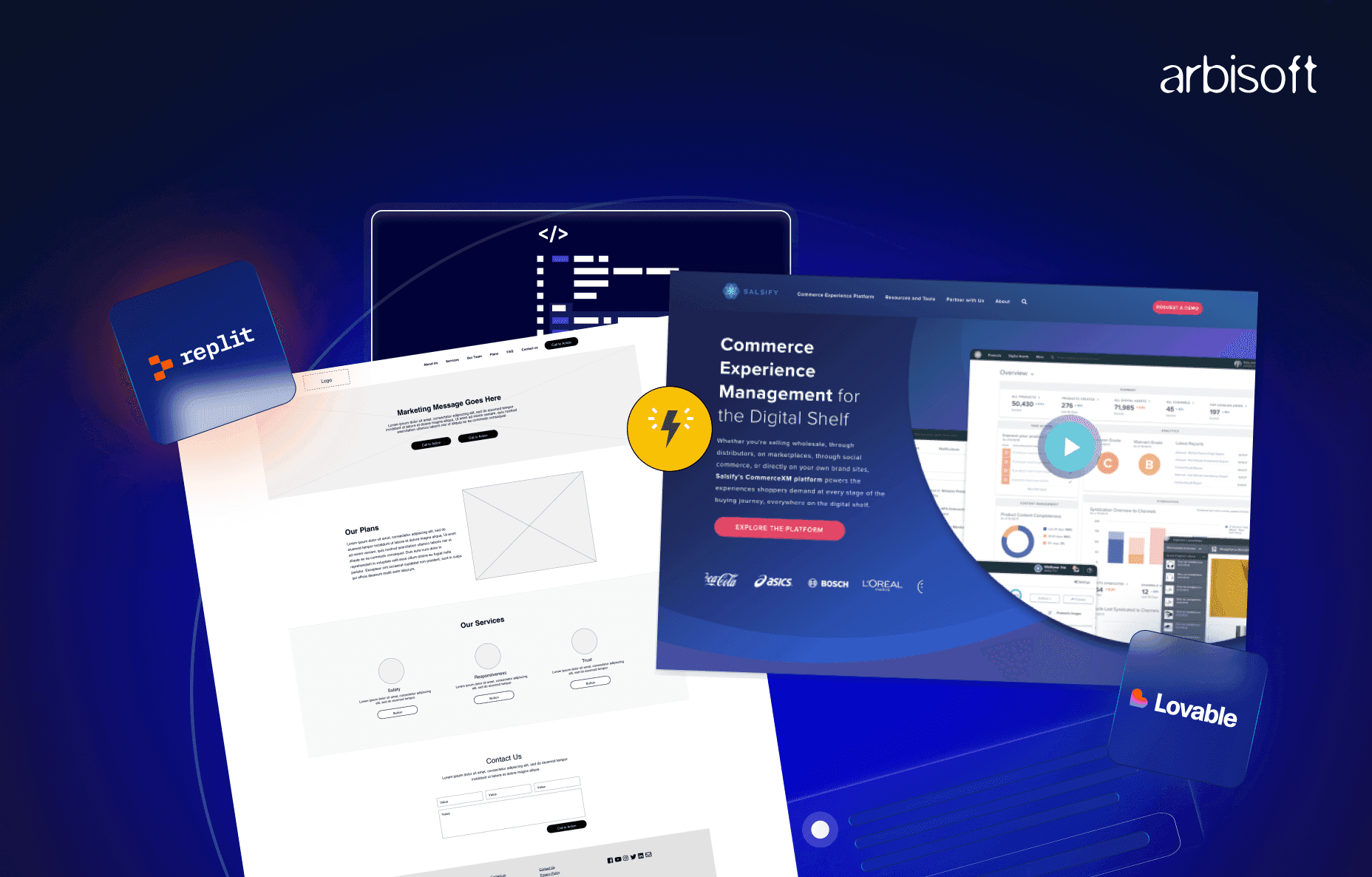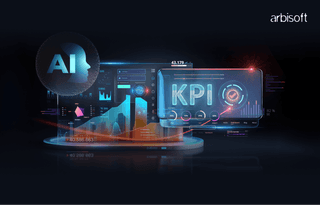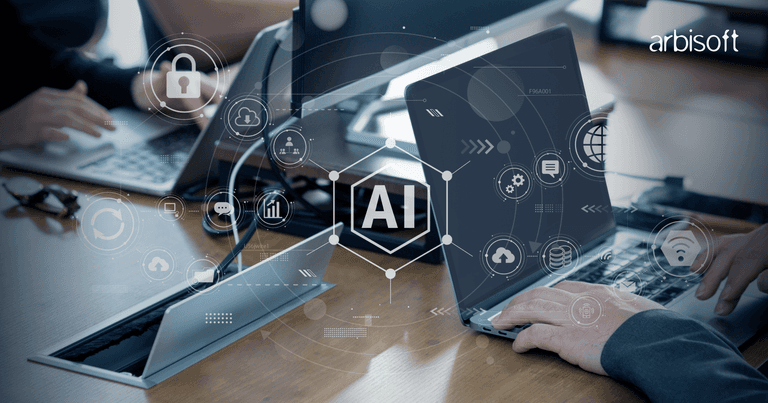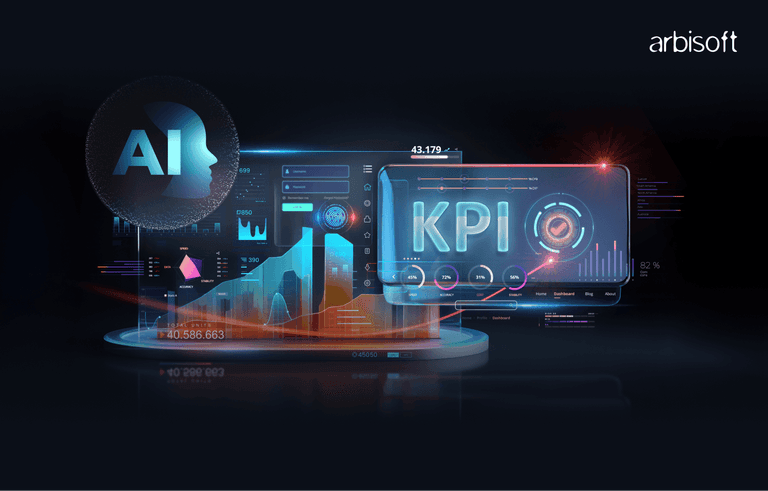We put excellence, value and quality above all - and it shows




A Technology Partnership That Goes Beyond Code

“Arbisoft has been my most trusted technology partner for now over 15 years. Arbisoft has very unique methods of recruiting and training, and the results demonstrate that. They have great teams, great positive attitudes and great communication.”
Production Ready Code vs Vibe Coded Prototype: What’s the Difference?

The difference between a vibe-coded prototype and production-ready code is more than polish. It affects stability, scalability, security, and your ability to deliver value consistently.
I have seen promising products fail simply because the team shipped prototype-level code into a production environment. Fixing it later always costs more than building it right in the first place.
The Pressure to Deliver: Why the Distinction Matters
We have introduced the topic. Now let’s examine why the distinction is not just a technical choice but a strategic one.
Startups and scale-ups operate under constant pressure to release features quickly. Investors want rapid growth and visible progress. Customers expect smooth performance from day one. Balancing those demands means deciding early when to prioritise speed and when to prioritise resilience.
If uptime, compliance, or customer trust is at stake, shipping vibe-coded prototypes can jeopardise future releases and your market reputation.
Investor Demands and Product Reliability
We have covered the big picture. Now let’s look at this through the investor lens. Investors care about scalability and predictable returns. They expect products to perform under real-world loads without unexpected downtime. A product that fails under customer demand creates revenue risk and erodes confidence.
A vibe-coded prototype can secure a funding round if it demonstrates potential. But without production coding practices, that same code will likely require costly rewrites before it can serve paying customers.
Time-to-Market vs Long-Term Scalability
We have discussed reliability. Now let’s focus on growth. A fast release helps with market entry but can hinder scaling if the code is not architected for growth. Quick, patch-based builds often lack modularity, making it difficult to integrate new features or expand into new regions without extensive rework.
Production-ready code is designed with scalability in mind. This means database schemas that can handle higher volumes, APIs that can support new integrations, and infrastructure that can be scaled horizontally without performance degradation.
Defining Production-Ready Code
We have seen the risks of short-term fixes. Now we define what production-ready code is. Production-ready code is not just functional; it is stable, maintainable, secure, and performance-tested. It includes documentation, automated tests, and version control practices that allow other developers to work on it without guesswork.
It can be deployed with confidence, knowing that the risk of critical failures after release is minimal.
Characteristics of Production Coding
Production coding is:
- Written to coding standards adopted by the team or industry.
- Structured for readability and maintainability.
- Fully tested with unit, integration, and load tests.
- Monitored with error tracking and performance metrics.
- Designed to work across the supported environments consistently.
These characteristics allow teams to ship updates without introducing new instability.
Security, Compliance, and Performance Standards
We have covered the structure. Now we focus on safeguards.
Production systems must comply with relevant regulations such as SOC 2, GDPR, or HIPAA, depending on the market.
This means securing data storage, managing access controls, and logging activity for audits. Performance testing under realistic workloads is equally important. If your service is expected to handle 10,000 concurrent users, testing only at 500 will give you misleading results.
What is Vibe Coding?
We have established what production code is. Now we turn to vibe coding. Vibe coding is rapid development aimed at delivering a functional output quickly, often using AI-assisted tools or shortcuts. It is valuable in early product discovery phases but lacks the safeguards needed for production environments. The emphasis is on speed and iteration, not stability.
Vibe Coded Prototype Explained
A vibe-coded prototype is an early-stage build that demonstrates features without meeting production standards. It may rely on third-party templates, generated code, or simplified integrations.
It is useful for validating ideas and gathering early user feedback. However, without a transition plan, these prototypes become liabilities when moved to live environments.
Is Vibe Coding the Same as AI Coding?
Both can overlap, but they are different. AI coding refers to using tools that generate or assist with writing code. Vibe coding describes the development style, delivering quickly, often without extensive planning or testing. AI coding can produce production-ready code if guided by strong engineering practices, while vibe coding prioritises speed over completeness.
Manual Coding vs Vibe Coding
Manual coding is deliberate and methodical. It involves architectural planning, technical specifications, and careful implementation. Vibe coding skips these stages to produce something functional in the shortest time possible.
Manual coding is slower but produces maintainable, production-ready code. Vibe coding works for proofs-of-concept or demos but requires significant rework for production deployment.
Vibe Coding MVP vs Production Ready Product
We have compared coding methods. Now let’s examine product stages. The choice between a vibe coding MVP and a production-ready product depends on business goals, risk tolerance, and target audience.
Prototype vs MVP: Key Differences
A prototype is a concept model, often non-functional or partially functional. An MVP is a minimal product that works in real-world conditions and collects data for further development.
The difference between MVP and prototype lies in purpose: a prototype tests possibilities, while an MVP validates a market hypothesis.
Prototype and Product Development Lifecycle
A healthy product lifecycle moves from prototype to MVP, then to production deployment. Each stage requires a higher standard of code quality, testing, and documentation.
Skipping the hardening phase between MVP and production results in unstable systems and technical debt. At Arbisoft, we bridge the gap from a vibe-coded prototype to a fully production-ready product, helping you complete your build and launch with confidence.
Risks of Relying on Vibe-Coded Prototypes
We have mapped the lifecycle. Now let’s assess the risks of running on vibe-coded prototypes.
The main risks are poor performance under load, inability to scale, and unresolved security gaps. Prototypes are built for speed, not resilience.
Performance and Scalability Challenges
Vibe-coded systems often lack:
- Optimised database queries.
- Caching strategies for high-traffic scenarios.
- Load balancing and fault tolerance.
Without these, performance will degrade rapidly as usage grows.
The Cost of Technical Debt
Technical debt from vibe coding includes duplicated logic, inconsistent naming, and weak error handling. This debt increases the time and cost of future changes, making teams slower to respond to market demands.
We have explored these risks in detail in our blog on vibe-coding challenges, including debugging complexity, hidden technical debt, and AI-driven security gaps.
Will Vibe Coding Replace Coders?
We have reviewed the downsides. Now to address a common concern. Vibe coding will not replace skilled developers. AI-assisted development speeds up tasks but cannot replace human oversight in architecture, decision-making, and compliance.
Human Judgment vs Automation
Automation excels at pattern recognition. Humans excel at contextual decision-making. AI can generate a code snippet, but it cannot determine whether that code meets compliance requirements or aligns with long-term scalability goals.
Vibe Debugging: Myth or Reality?
Vibe debugging, fixing problems on the fly, might solve an immediate issue, but it rarely addresses root causes. Production debugging uses logs, monitoring tools, and structured testing to resolve issues permanently.
Transitioning from Vibe Coded Prototypes to Production Code
We have covered the risks. Now we turn to solutions. Transforming a prototype into production-ready code involves a systematic review, refactoring, and strengthening of every critical component.
Best Practices for Transformation
- Conduct a full code audit to identify weak points.
- Replace temporary integrations with stable, well-documented APIs.
- Add automated testing at unit, integration, and system levels.
- Implement security controls such as authentication and encryption.
- Optimise for expected load and growth projections.
Following these steps ensures the product can scale without repeated failures.
Role of Lead Architects and Product Teams
Lead architects set coding and architecture standards. Product teams ensure features are prioritised without sacrificing stability. Clear ownership prevents last-minute compromises that lead to instability.
Making the Strategic Choice: What’s Right for Your Scale-Up?
We have outlined the process. Now let’s focus on decision-making. The decision between shipping quickly and building for the long term depends on the product’s strategic importance, user expectations, and the cost of failure.
Decision Criteria for CTOs and Product Managers
Use prototypes for concept validation. Use MVPs for market testing. Use production code for features that impact revenue or customer trust.
If compliance, uptime, or customer retention is involved, invest in production readiness before release.
Balancing Innovation and Code Quality
Innovation drives competitive advantage. Code quality sustains it. The best teams create space for rapid experimentation while maintaining strict quality controls for anything that enters production.
Need Expert Help to Move from Prototype to Production?
If your team is working with a vibe-coded prototype but needs the stability, scalability, and compliance of production-ready code, our engineers can help you bridge the gap.
At Arbisoft, we have guided startups and scale-ups through the full transition from early-stage MVPs to enterprise-grade deployments without sacrificing speed or innovation.
Whether you need a full code audit, a scalability plan, or security and compliance hardening, we can help you launch with confidence.
Contact us today to discuss your project and get expert guidance on taking your build from functional to production-ready.
























